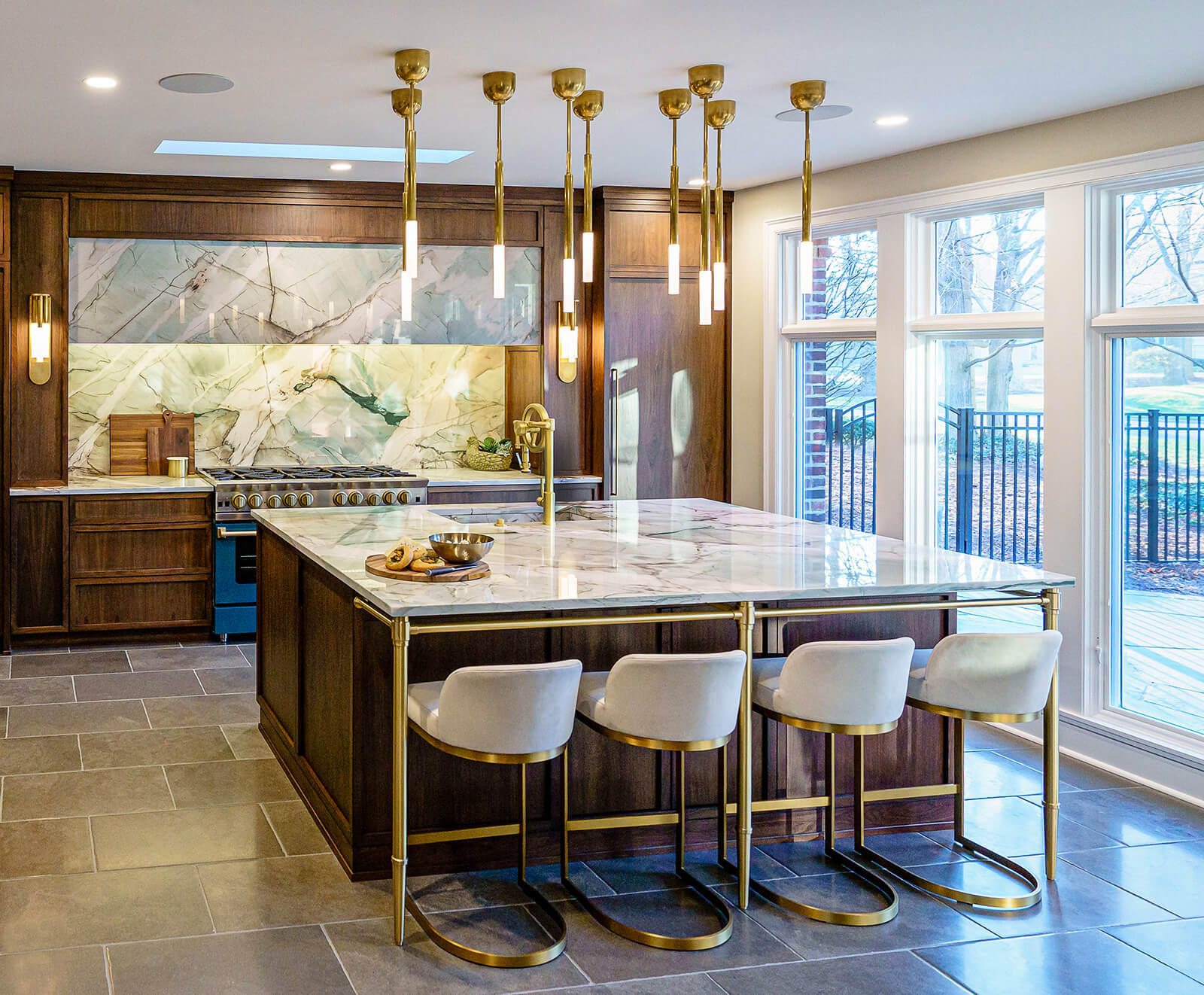A Guide to Picking the Perfect Legs For Kitchen Area Island for Your Home
Choosing the ideal legs for your cooking area island is a nuanced choice that affects both the capability and aesthetic appeal of this central room. As you consider these aspects, it ends up being apparent that the appropriate legs can transform not only the appearance of your cooking area but additionally its functionality for years to come.

Recognizing Kitchen Area Island Legs
When choosing legs for a kitchen island, it's necessary to recognize their visual and useful functions in the total style. The legs function as a crucial support system, making certain stability and durability for the island, which often works as a work area, dining area, or collecting area. Therefore, the choice of material and building and construction technique need to be durable adequate to stand up to daily usage and prospective wear.
Along with their structural obligations, legs add significantly to the island's aesthetic charm. They can improve the kitchen's design, whether through traditional, modern, or diverse layouts. The height and percentage of the legs are additionally crucial factors to consider; they have to harmonize with the island's countertop height while ensuring comfortable seating for those using the space.
Furthermore, the leg layout can influence the total circulation of the cooking area. Open, ventilated leg designs can produce a feeling of agility, while strong, considerable legs might share a much more grounded and steady aesthetic - Legs For Kitchen Island. Recognizing these visual and functional aspects will certainly assist homeowners in making educated selections that enhance their cooking area's style and improve its use
Popular Styles and Materials
The selection of legs for a cooking area island incorporates a selection of preferred styles and products, each offering distinct characteristics that can improve both functionality and looks. Amongst the most in-demand designs are contemporary, rustic, and conventional. Contemporary legs often feature streamlined, minimalist styles that highlight simplicity and tidy lines, making them optimal for modern-day cooking areas. Rustic designs, on the various other hand, welcome all-natural components and typically showcase redeemed wood or distressed surfaces, including warmth and appeal to the area. Traditional legs normally show luxuriant details and workmanship, improving timeless kitchen area designs.

Elevation and Security Considerations

The legs of the kitchen island need to give adequate support, guaranteeing that the framework can withstand daily use without changing or wobbling. Material choice plays a significant duty in security; metal legs, for circumstances, often tend to supply greater toughness compared to timber.
Matching Your Kitchen Visual
Selecting the best legs for your cooking area island surpasses performance; it likewise plays a significant duty in the overall aesthetic of the room. When selecting legs, think about the design style of your kitchen. For continue reading this a contemporary look, sleek metal or minimal styles can create a tidy, modern-day vibe. On the other hand, rustic or typical cooking areas typically benefit from wood legs with detailed outlining or a troubled coating, boosting heat and character.
Color is another critical variable. Legs that complement or contrast with your island's surface and bordering kitchen cabinetry can develop visual consistency or striking centerpieces. For example, matching dark timber legs with a light marble countertop can include deepness and rate of interest. Additionally, think about the finish of the legs; matte, shiny, or textured finishes can considerably affect the overall feel of the cooking area.
Installment and Upkeep Tips
Setting up kitchen area island legs needs careful attention to information to make sure both stability and visual allure. Begin by choosing an ideal area for your island, guaranteeing it is level and has enough space for movement. If you are connecting the legs to a wall surface or making use of brackets for added support, use a stud finder to situate wall surface studs. Mark the positioning of the legs accurately before drilling.
When safeguarding the legs, use check my reference top quality screws and, if necessary, timber adhesive for added strength. For metal legs, make certain that you are making use of suitable anchors and devices to prevent damage to your flooring. It is suggested to inspect for levelness after installment, making changes as needed to avoid tottering.
Clean the legs with a suitable cleaner, preventing rough materials that may scrape the surface. By following these setup and upkeep suggestions, you can ensure that your kitchen island legs continue to be both practical and aesthetically attractive.
Verdict
Finally, choosing the proper legs for a kitchen area island necessitates cautious consideration of height, security, and visual compatibility. By picking ideal products and designs that line up with the general kitchen area style, performance can be improved while maintaining aesthetic charm. Proper installation and ongoing maintenance better add to the toughness and durability of the cooking area island. Ultimately, thoughtful leg option plays a vital duty in dig this raising both the usefulness and style of the kitchen area space.
When picking legs for a kitchen area island, it's crucial to recognize their functional and aesthetic roles in the total style. Open, airy leg designs can produce a feeling of agility, while solid, significant legs might communicate an extra grounded and secure visual. The legs of the kitchen island need to offer adequate support, guaranteeing that the framework can endure day-to-day usage without changing or tottering.Setting up kitchen area island legs needs mindful interest to detail to guarantee both stability and visual allure.In final thought, selecting the ideal legs for a kitchen island necessitates cautious consideration of height, stability, and visual compatibility.